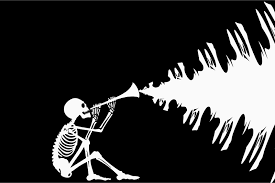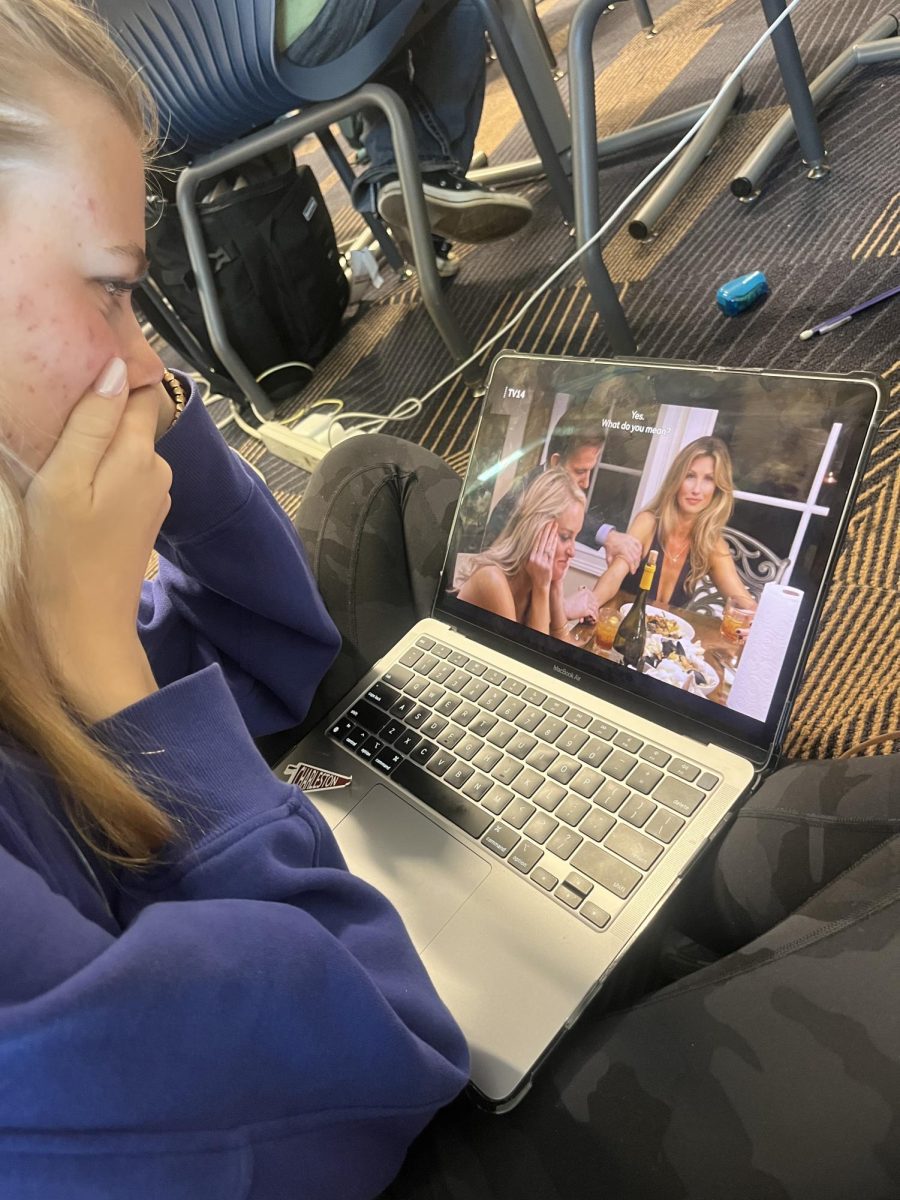
Watching a horror movie during the spooky season wouldn’t be anything without the suspenseful music. Hearing the violins as the main character is walking down into a creepy basement can give a good scare, but how do musicians make the music so bizarre? Apart from orchestras and common percussion instruments, the methods and instruments used to make the creepy music in classic horror movies is fascinating.
Horror movies have been around since cinema began when color and sound hadn’t been incorporated yet. When music was first introduced in movies, musicians often reused classical music to save time. With horror music though, they remade the classical music by adding an eerie tone. The factor of fear felt from listening to horror music is because the tones and melodies. By using lower notes and minor keys, composers achieve that sound. Musicians often use two or more tones that don’t sound pleasant together to give the creepy feel.
Orchestra director Jeff Kuntz likes watching “Jaws” when he can.
“’Jaws was John Williams’ first movie (that he composed); he was not well known at the time,” Kuntz said.
The score for some of the most popular horror scenes have an interesting past. “Halloween” reached its fame not just by the new era it brought to cinema, but by the music that came with it. John Carpenter, the director of “Halloween,” was inspired by his father who was a music teacher and of the scores from past horror movies, like “Psycho” from 1960. Carpenter learned how to play in 5/4 time on the bongos from his dad and that became the rhythm for the popular theme we know today. Studying music and playing in bands as a kid helped when creating the music for his movies. Later, Carpenter and Alan Howarth, a composer and sound designer, worked together to add synthesizers to the score.
Jeff Key, the assistant band director, enjoys the soundtracks of “The Shining” and “Texas Chainsaw Massacre.”
“I like the ‘The Shining’ soundtrack. They used Modal Electronics that made it sound cool,” Key said.
Adding suspense to a horror movie is a must have, which is why “Jaws,” is on top for popular horror movie scores. The two-note rhythm building up made viewers jump as the shark started its attack. At first the director, Steven Spielberg, wasn’t into the idea of the rhythm, but as they continued to make the score, Spielberg liked it more and more. As well as making the music for “Jaws,” John Williams composed the music for “Star Wars.” Williams took inspiration from Bernard Herrmann, a music composer and conductor. Herrmann’s work in “Psycho” from 1960 as well as other pieces were inspiring because of the use of harp and strings.
From the unique tones and melodies to strange and unheard-of instruments, making the scores for horror movies is not what many would think. The waterphone adds to that strangeness when creating horror music. Made in the 1960s by Richard Waters, a British composer, the waterphone is a percussion instrument made of steel and bronze and has a spiral of rods, which are the notes, around it. Musicians add a small amount of water, hence the name waterphone, into the steel bowl to create an eerie sound. When playing the waterphone, musicians use the same technique as they would when playing the mallets. Most movie scores didn’t use the waterphone until the 1980s when they started to become mass produced.
Piper Feagin (12) likes horror movie music and the suspense it adds.
“In my experience, the music adds tension and makes my heart rate change depending on the rhythm or bass of the music,” Feagin said.









